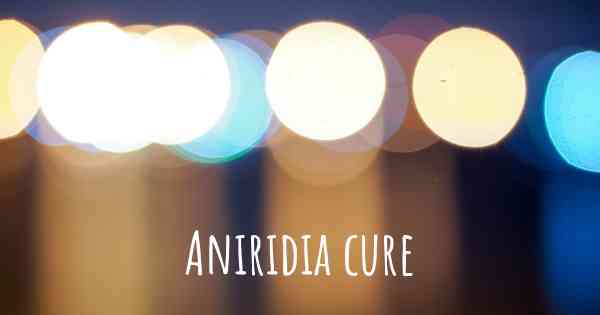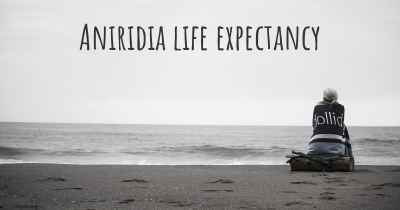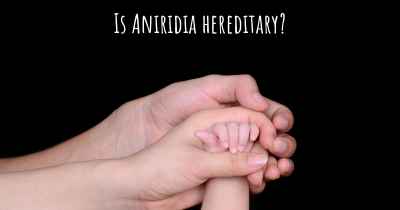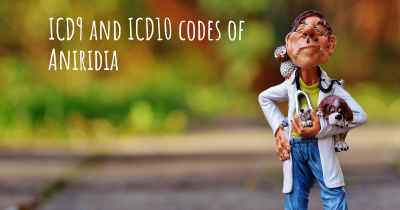Does Aniridia have a cure?
Here you can see if Aniridia has a cure or not yet. If there is no cure yet, is Aniridia chronic? Will a cure soon be discovered?

Aniridia is a genetic disorder characterized by the absence or partial absence of the iris in the eye. Unfortunately, there is currently no known cure for Aniridia. However, various treatments and interventions can help manage the symptoms and improve visual function. These may include wearing tinted lenses, using contact lenses or prosthetic iris devices, and undergoing surgical procedures to address associated complications. It is important for individuals with Aniridia to work closely with their healthcare professionals to develop a personalized treatment plan.
Aniridia is a rare genetic disorder characterized by the partial or complete absence of the iris, the colored part of the eye. It is typically present from birth and affects both eyes. Aniridia can lead to various visual impairments, including reduced visual acuity, sensitivity to light, and difficulties with depth perception.
Unfortunately, at present, there is no known cure for Aniridia. The condition is primarily managed through a combination of treatments and interventions aimed at addressing the specific symptoms and complications associated with the disorder.
Visual aids and assistive devices play a crucial role in helping individuals with Aniridia improve their visual function. These may include prescription eyeglasses or contact lenses to correct refractive errors, as well as tinted lenses or sunglasses to reduce sensitivity to light. Additionally, magnifying devices and other low vision aids can be used to enhance visual acuity and reading ability.
Regular eye examinations are essential for individuals with Aniridia to monitor their eye health and detect any potential complications. These examinations may involve assessing visual acuity, measuring intraocular pressure, evaluating the cornea, and examining the retina. Early detection and treatment of associated eye conditions, such as glaucoma or cataracts, can help preserve vision and prevent further deterioration.
Genetic counseling is often recommended for individuals with Aniridia and their families. Since Aniridia is a genetic disorder, understanding the underlying genetic cause and inheritance pattern can be valuable for family planning and making informed decisions.
Research and advancements in medical science are ongoing to explore potential treatment options for Aniridia. These may include gene therapy, stem cell transplantation, or other innovative approaches aimed at restoring or replacing the missing or defective genetic material responsible for the condition. However, it is important to note that these potential treatments are still in the experimental stages and require further investigation and development.
Supportive care and early intervention are crucial for individuals with Aniridia to optimize their visual function and overall quality of life. This may involve working closely with a multidisciplinary team of healthcare professionals, including ophthalmologists, optometrists, low vision specialists, and occupational therapists, who can provide personalized care, guidance, and support.
In conclusion, while there is currently no cure for Aniridia, various treatments, visual aids, and supportive measures can help manage the symptoms and improve the quality of life for individuals living with this condition. Ongoing research and advancements in medical science offer hope for potential future treatments that may address the underlying genetic cause of Aniridia.
Posted Sep 16, 2017 by Loana 1701








